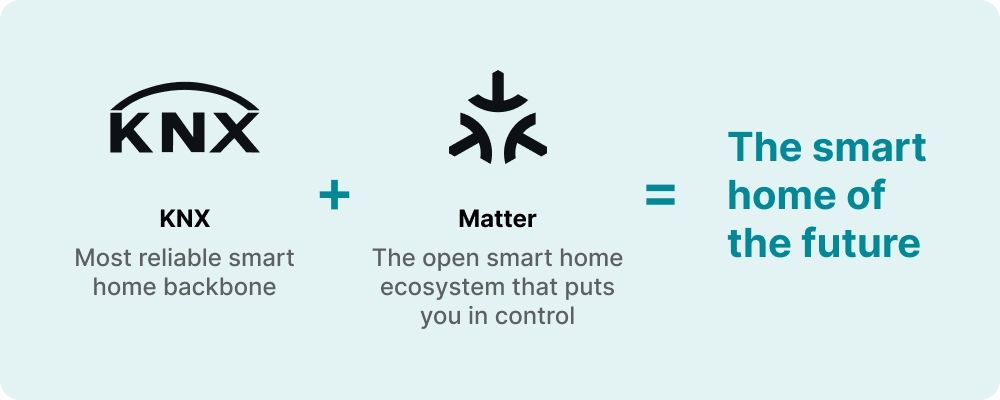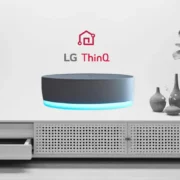Table of Contents
- Introduction to KNX and Matter
- Overview of KNX Technology
- Understanding Matter Protocol
- KNX vs. Matter: A Comparative Analysis
- Future Trends in Smart Home Automation
1. KNX and Matter
In the evolving landscape of smart home technologies, KNX and Matter emerge as two significant protocols. These systems play fundamental roles in integrating and managing smart devices within both residential and commercial environments. For those involved in smart home automation, understanding and comparing these technologies, particularly in the context of “KNX vs. Matter,” is crucial.

Image credit: 1Home
2. Overview of KNX Technology
Developed over thirty years ago, KNX represents a robust, open standard for commercial and domestic building automation. It integrates and manages all aspects of home and building systems, from lighting and security to heating, ventilation, and air conditioning systems (HVAC). Its versatility is evident from its widespread adoption across Europe and Asia.
3. Understanding Matter Protocol
The Connectivity Standards Alliance (CSA), formerly known as the Zigbee Alliance, recently developed the Matter protocol. It aims to serve as the universal language for smart home devices, ensuring interoperability across different platforms and ecosystems. Matter supports a wide range of applications, from smart lighting to access control, offering a unified standard that simplifies development and enhances compatibility.
4. KNX vs. Matter: A Comparative Analysis
The following table provides a clear and concise comparison of the key features between KNX and Matter protocols:
| Feature | KNX | Matter |
|---|---|---|
| Compatibility | Compatible with over 7,000 certified products (KNX Association). | Ensures seamless interoperability among a wide range of smart home devices from different manufacturers. |
| Integration | Requires specialized hardware and professional installation. | Promotes a DIY setup and easy integration across various platforms. |
| Cost | Typically higher due to specialized hardware and installation costs. | Potentially lower with easier setup and no need for specialized hardware. |
| Accessibility | Predominantly used in Europe and Asia, with a strong market presence. | Aiming for global adoption with a focus on universal interoperability. |
| Security Features | Implements multiple layers of security including data encryption and authentication. | Mandates strict encryption across all connections, setting a new standard in smart home security (Connectivity Standards Alliance). |
5. Future Trends in Smart Home Automation
The smart home market is expected to grow significantly, potentially reaching $174 billion by 2025, driven by innovations in IoT and automation technologies (Markets and Markets). Both KNX and Matter will likely play crucial roles in shaping the future landscape of smart homes as these technologies continue to evolve.
Ultimately, the comparison between KNX and Matter highlights distinct features and capabilities of each. While KNX offers a reliable solution with extensive compatibility, Matter introduces a fresh approach focused on universal interoperability and user-friendliness. As the smart home device market expands, the influence of both KNX and Matter on the direction of home automation technologies will undoubtedly be significant. The choice between them will depend largely on specific needs and application scenarios, but both are positioned to play pivotal roles in the smart homes of the future.











Comments